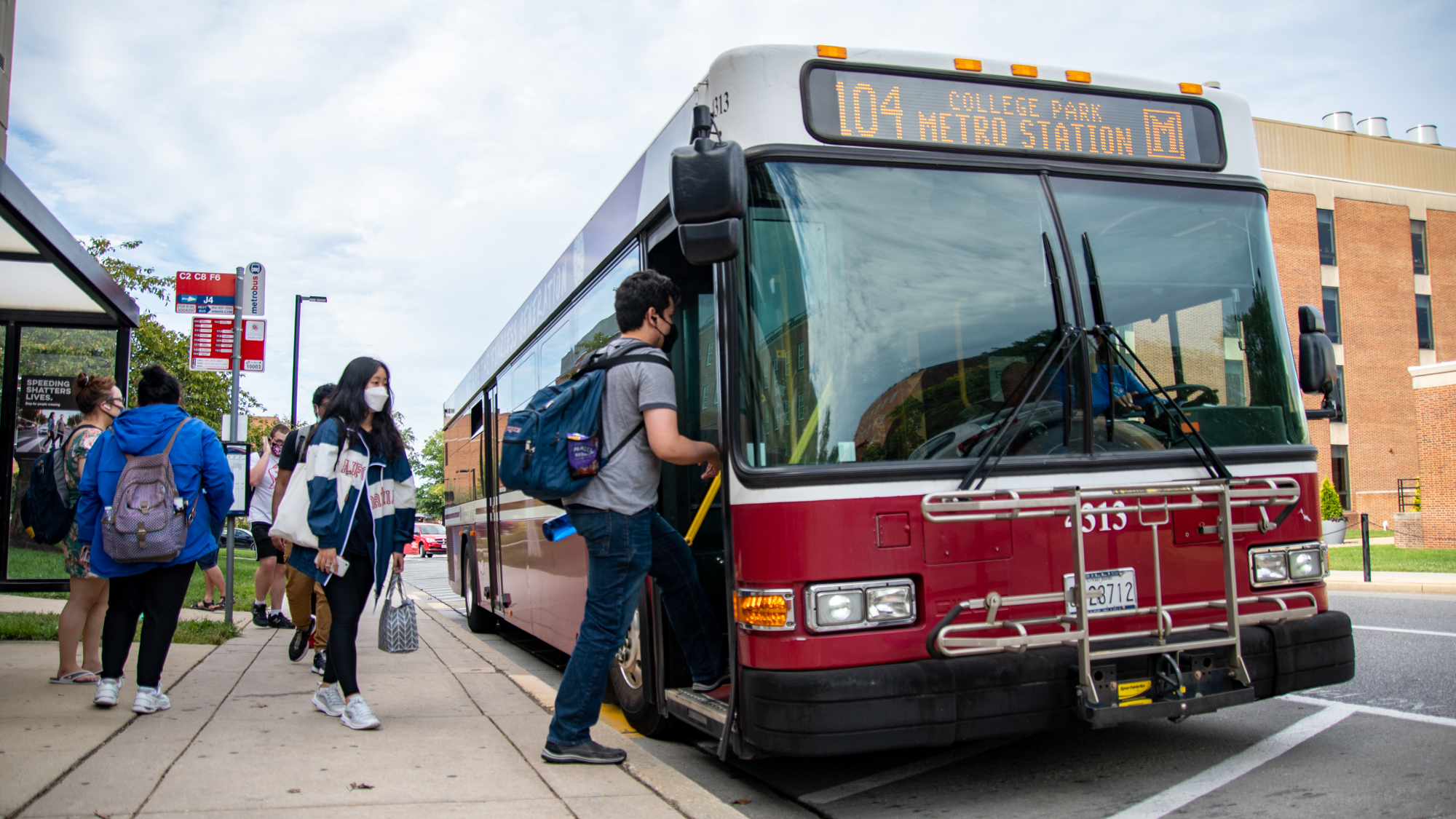Views expressed in opinion columns are the author’s own.
There’s been a decent amount of post-Green New Deal chatter surrounding the United States’ lack of high-speed passenger rails — and for good reason.
As each day drags us deeper and deeper into a climate crisis, millennials and Gen Z look longingly to well-funded transportation projects in China, Spain and France, especially since that model cross-continental rail design went viral on Twitter last year. Rail and subway overhaul have the potential to radically reconfigure transportation in this country by reducing greenhouse emissions, making commerce quicker and easier and, most importantly, deprioritizing cars.
However, investing in quick, free and comfortable bus transit holds as much revolutionary potential for transportation in this country as rail does, if not more. It’s time for it to be prioritized as such. If the primary questions of all transportation reform are protecting the environment, expanding access and making travel more efficient, then investment in bus transit should be the primary answer.
Regarding emissions, buses are “greener” and more energy efficient than trains and subways. According to Climate Nexus’ Steve Hargreaves, “[Buses] are usually full of people, giving [buses] the highest miles per gallon per passenger, at 208 … city train (think subway or light rail) gets 52 mpg per passenger (or the equivalent, if it’s electric), while a commuter train — usually used to connect the suburbs to a city — gets about 44 mpg per passenger.”
Furthermore, ensuring all new buses are double-decker and electric would maximize space while keeping emissions at a minimum. This approach has already begun in London, as the city has committed to a zero emission bus fleet by 2037, with 2,884 hybrid buses, 485 electric buses and two hydrogen buses.
Buses in London are given the right of way, green lights are extended for them and all of the buses are powered either by hydrogen or electricity. While the scope should reach far beyond just transportation, funding and developing bus transit would be a pretty direct, feasible and affordable way to tackle the issue of traffic-based emissions.
Every single large city in the country deals with problems of congestion. However, by incentivizing bus ridership, dense, growing metro areas such New York, Atlanta and the D.C.-Maryland-Virginia region can reduce the number of cars on the road. This begets a decrease in congestion rates on the busiest of urban roadways, making things calmer for pedestrians and cyclists.
Having a specific lane for the bus would mostly separate bus transit from car, allowing the bus to disregard any traffic caused by cars. Unlike rail, when there is traffic blocking the bus lane, the bus has a much quicker and easier time driving around obstacles than a subway rail does. This could be done at the fraction of the cost that it’d take to develop and expand existing rail systems throughout the country.
Having ample bus stops with benches, coverings and bathrooms would lead to positive outcomes for all levels of street usage. A legitimate bus network would also connect different city communities in ways that make them more walkable. Having specific, deliberately located bus stops would essentially force cities to improve pedestrian infrastructure. This looks like increasing sidewalk size, populating those sidewalks with benches, having quality drainage and making them accessible to those who aren’t able-bodied with ramps and elevators when needed.
Unfortunately, the stigma that accompanies riding the bus will be a massive obstacle in incentivizing ridership. Cars are still the dominant form of transportation, and the U.S. government seems determined to keep it that way. Eighty percent of federal transportation funding goes toward automobiles, making it difficult to expand and maintain things like rail and especially bus.
A couple things need to happen to make the bus cool again.
The federal government should invest heavily in bus upkeep and appearance, allowing localities to renovate vehicles to prioritize comfort, cleanliness and ease of access to make taking the bus as painless as possible. Additionally, any new bus system expansions should prioritize service to historically marginalized and disinvested areas, which are overwhelmingly populated by Black Americans, Latinos and immigrants. The best ways to do this would be to consult community members and leaders when determining bus stop locations, making the bus fareless and training and hiring formerly incarcerated people as bus drivers.
Combined with racial justice-oriented planning and pro-passenger design, a free bus system would also help to incentivize the middle class — many of whom would benefit from bus fare but refuse to stop driving due to stigma and inefficiencies — to start taking the bus more along with the low-income passengers who ride it in the status quo.
If the U.S. wants to slash greenhouse gas emissions in half by 2030, then it’s time to seriously consider making sweeping, yet very achievable updates to the structure of public bus transportation.
Malcolm Ferguson is a community planning master’s graduate student. He can be reached at mferguso@terpmail.umd.edu.



